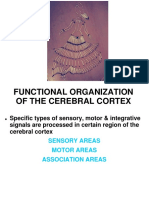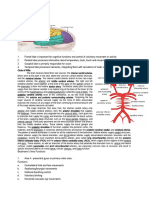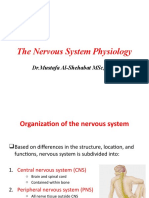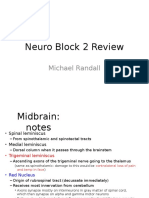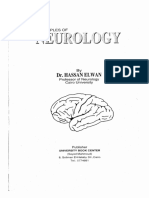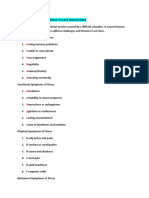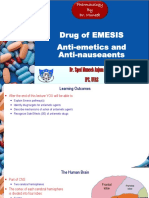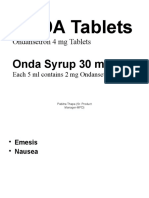0% found this document useful (0 votes)
17 views70 pagesCentral Nervous System - Notes
The central nervous system (CNS) consists of the brain and spinal cord, which process and respond to sensory information. The brain is organized into various parts, including the cerebrum, which handles higher functions like voluntary movement, memory, and sensory interpretation. The hypothalamus plays a crucial role in maintaining homeostasis and regulating various bodily functions, while the brain stem controls vital functions such as heart rate and breathing.
Uploaded by
lookshowluqmanCopyright
© © All Rights Reserved
We take content rights seriously. If you suspect this is your content, claim it here.
Available Formats
Download as PDF, TXT or read online on Scribd
0% found this document useful (0 votes)
17 views70 pagesCentral Nervous System - Notes
The central nervous system (CNS) consists of the brain and spinal cord, which process and respond to sensory information. The brain is organized into various parts, including the cerebrum, which handles higher functions like voluntary movement, memory, and sensory interpretation. The hypothalamus plays a crucial role in maintaining homeostasis and regulating various bodily functions, while the brain stem controls vital functions such as heart rate and breathing.
Uploaded by
lookshowluqmanCopyright
© © All Rights Reserved
We take content rights seriously. If you suspect this is your content, claim it here.
Available Formats
Download as PDF, TXT or read online on Scribd
/ 70





















